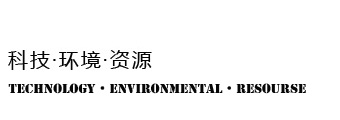Work-flow of Copper Wire Recycling Machine
In recent years, the popularity of copper wire recycling machines in the country has become higher and higher, not only because the government pays more and more attention to environmental protection issues, but also because of the advantages and advantages of the copper wire recycling machine itself. The copper wire recycling machine is divided into two types: the wet copper wire recycling machine and the dry copper wire recycling machine. The former is still somewhat polluted by the process, so most of the things we have seen today are dry copper wire recycling machines. Below I will introduce how the copper wire recycling machine handles the waste wire and cable.
The copper wire recycling machine can handle a variety of discarded wires (communications, computers, telephone lines, etc.) to obtain copper of higher purity. The copper wire recycling machine is an excellent equipment for recycling waste wires. It is known for its high efficiency, clean and environmental protection, and high sorting rate. The working principle of the copper wire recycling machine is as follows: the waste wire and cable are put into the crusher for one crushing, so that the material becomes about 3cm, the iron metal is raised by the magnetic separator, and the remaining material enters the second broken machine and is sheared and crushed. Powder, after pulverization, first obtain plastic and copper through airflow sorting machine, and undivided plastic and copper are separated by second sorting by electrostatic sorting machine. The dust generated during sorting is absorbed and purified by the pulse bag type dust remover to ensure no secondary pollution. The copper obtained was shaped like a wire recycling grain, and the name of the copper wire recycling machine was born. We can find that all the dry copper wire recycling machine used in the treatment of used wire and cable is a physical method, so the environmental pollution is almost zero, and the dust generated during the crushing process can also be removed by various types of dust collectors.







Leave a Comment